Rare cars always have a better chance at being restored, as there is usually a better return on the restorer’s investment. That statement can be translated into the following: a restorer will be able to sell a rarer car for less loss when they grow tired of the car. However, can there be too much damage to make restoring even a rare car a poor decision? Take for example this 1970 Saab Sonett for sale on craigslist in Fort Mill, South Carolina. Is the $1,699 asking price, along with a mysterious $299 dealer fee, too much to ask for an unusual car with a busted windshield that was last titled back in 1979? Can this car be brought back from the dead? Is that a good idea? Thanks to Chuck F. for the tip!
Saab had an interesting history when it came to sports cars. Their lightweight, front wheel drive production cars were known for being the weapon of choice for fast drivers in frozen climates. From there, the company played with the idea of building a sports car many times. The first version, known as the Sonett I, was quite a minimalist roadster that took advantage of a lightweight chassis and the company’s throaty two cycle engine. It didn’t hurt that the mechanicals were wrapped with a beautiful body that looks like a Swedish version of the Porsche 550 Spyder. Only six were built. Looking at pictures of the car, it really seems that this car could have really been a game changer for Saab if the situation had been more favorable.
The second version, creatively called the Sonett II, was a bit more conventional in appearance. Designed as a closed coupe with a focus on making a competitive race car, there were likely under 300 built. Most had the usual 3-cylinder Saab two cycle engine, but later models (called V4s) were equipped with the four-cycle V-4 engine used in the Ford Taunus. That basic shape carried on to the, you guessed it, Sonett III which did manage to achieve much more success sales wise. Still retaining the V-4 engine, this version still had a fiberglass body but was designed with volume production in mind.
You could also claim that the car was “Americanized” by moving the shifter for the four-speed transmission from the column to the usual sports car location between the seats. The bumpers also had to be brought up to American standards in 1972, and emissions controls lessened the performance of the V-4 engine, even after a bump from a 1,500-cc to a 1,700-cc version later in 1971. Sales were much higher than those of earlier versions. Still, a production run of just 8,368 Sonett IIs from 1970 through 1974 spelled an end for the Saab sports car. A fourth version was planned, but the end of Saab in 2012 destroyed any hope for a Sonett IV.
Fast forward a few decades, and Saab Sonetts are in relatively short supply in the United States. Their combination of quirky looks, unusual engines for this locale, and uncommon parts have left few around for collectors. There is also the issue that the small sportscar market was very crowded in the early seventies and there are a lot of easier to restore options out there if you have a hankering for such beasts. The Sonett was a neat car for the day, but it failed in that crowded marketplace because there were more capable sportscars out there. None of these changes the fact that Sonetts are important to have around in a historical sense. I still hope for a day that a concours pulls together all of the smaller seventies sports cars for a specific class.
So, is this car worth restoring? A look at the picture above puts us firmly in the unlikely category. While the body is fiberglass, the chassis and many of the other bits are made of steel. The floor is obviously made of steel and has seen better days. The culprit? It could be the seals on the hatch or around the windows, but the thoroughly busted in windshield likely didn’t happen yesterday. That is a lot of open square footage for water to pour into. Damaging not just the floor, but the dash and anything else in its path.
Is it repairable? Sure, if you start shoveling money into this project at the same volume water entered the gaping hole in the windshield. So, what do you do with such a car? Other than making it a parts car for a Sonett in better condition, I have an idea. I read an article once about a fellow that had a Crosley Hot shot set up for vintage racing. While a Hot Shot is arguably America’s first postwar sports car, it is hard to compete anywhere with a little over 20 stock horsepower. When asked about this, the owner acknowledged the deficiency by bringing up two important points. The first was that the car’s impact on history gave it a rightful place on the track. The second was that he had the best seat in the house behind the wheel while actually in the race.
My thought would be to make this car a vintage race car and have some fun with it. These were raced back in the day, and the car tells an important story by just being out on the track with its competitors from back in the day. Why spend a fortune making it AACA Senior Award perfect when you can have some fun mixing it up on the track?
What would you do with this dilapidated yet interesting Sonett? Tell us your thoughts in the comments.
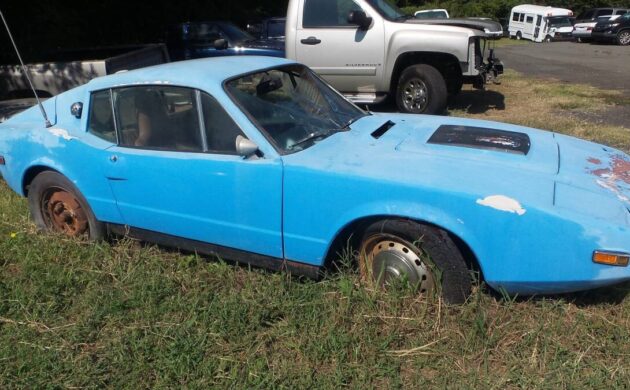

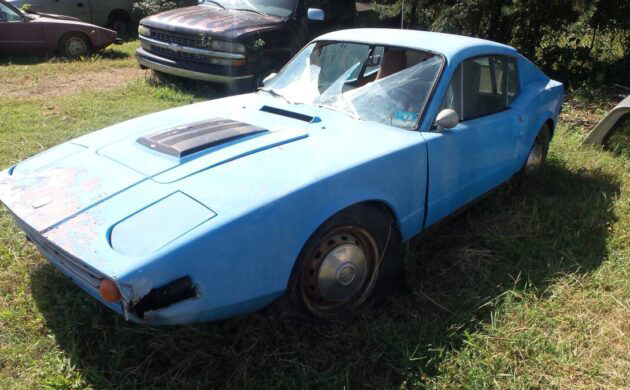
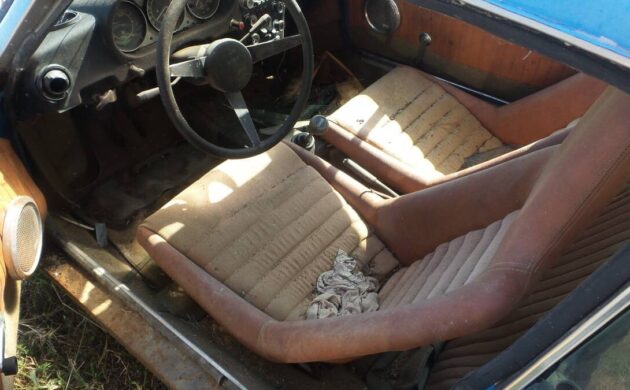
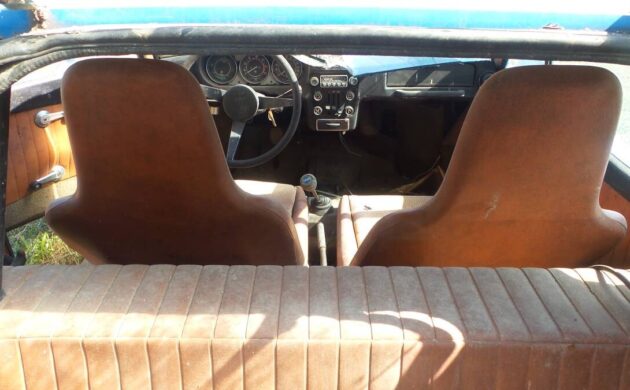
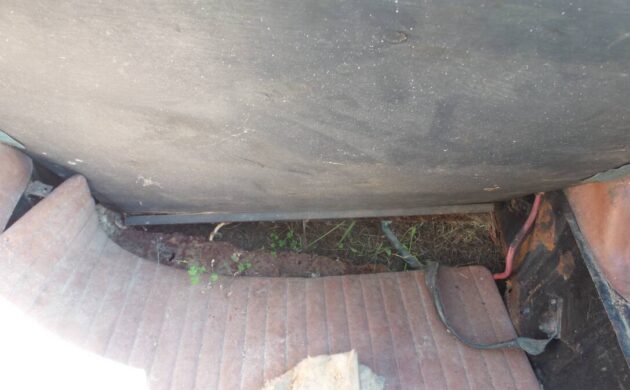


It’s no Volvo 1800.
Seen many of these over years ,never a runner kinda like the lotus Europa..
I wonder how complicated it would be to make it battery powered or swap in a miata powerplant in to give it some quality zip
The trick there is, it’s FWD, and not many engines are as compact as a V4. Maybe a Subaru FWD boxer-four swap could work, but that might be too wide. Or a Mazda rotary, but you’d still need to mate that to a FWD transaxle somehow…
I did once see a Sonett III at a car show that had a classic 900S 16v powertrain swapped in, must have taken some major surgery to make it fit. It also had the engine exposed with no hood in sight, so if it even had one, reckon it must’ve been either a giant scoop/cowl or some sort of “penthouse” hood like the later big-block Iso Grifos had.
Why not build a subframe from a similar vehicle like a 300ax, find an engine Perhaps. a Mazda Wankel Rotary, or the Proven Toyo 22RE,
Best case synerio find a good running,driving 280z with a shot body cut body off and transfer this body to its chassis. Sir William Hess would know exactly what I mean,lol,if he don’t have it in his shop already..Thanks Scooby.
Who cares what it costs to restore. People who are into old cars for the $$$ are not real car enthusiasts. If someone feels a connection to a particular car then buy it and have fun with it. There are 200 levels of restoration someone can do with this car, from connecting a gas can to a hose and pop starting it to get it to run, to restoring it to Pebble Beach concourse condition… get out of the chair and go live life in your fun new project car….
TomP ……. I agree with you 100%.
Do you really want to enter into a business relationship with someone trying sell you a car that is missing wheel covers, no pictures of the engine or undercarriage, a busted windshield, that still has someone else’s dirty underwear laying on the front seat, and they chose to say in writing that the car is in “FAIR” condition ? ? ? If so, by all means be my guest.
free may not be a good deal!
How about taking that V-4 and putting it in a Crosley Hot Shot?
The car was saved from going to the junkyard. I purchased a Sonett v4 that came out of the same batch of cars. The guy (Michael) is a really nice guy. He restores old porsche’s for a living. Long story short they picked up 20 or so cars, anywhere from Citroën to Triumph’s to the saabs; oh and a bugeye sprite that he’s not selling.